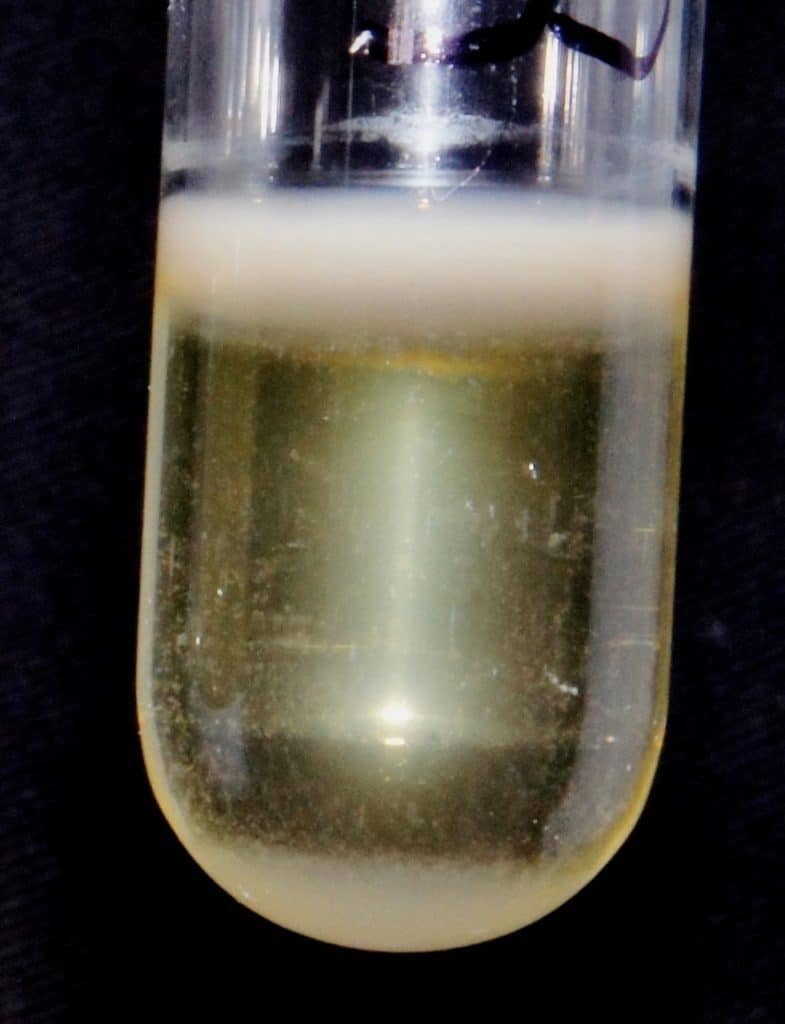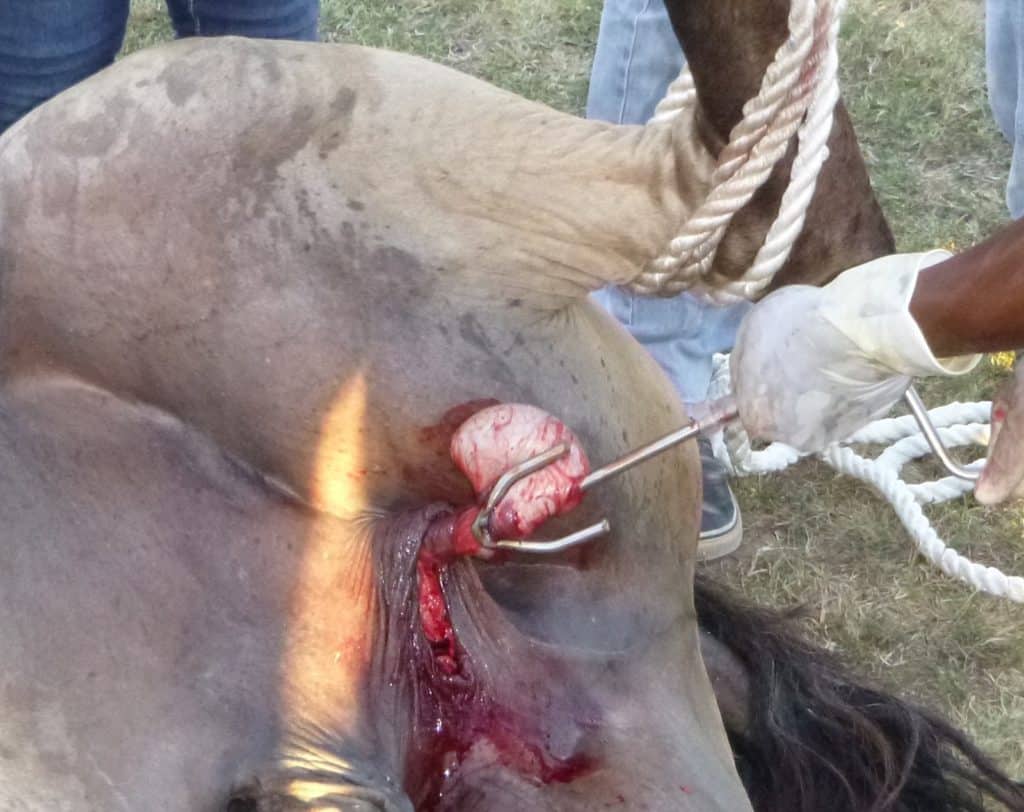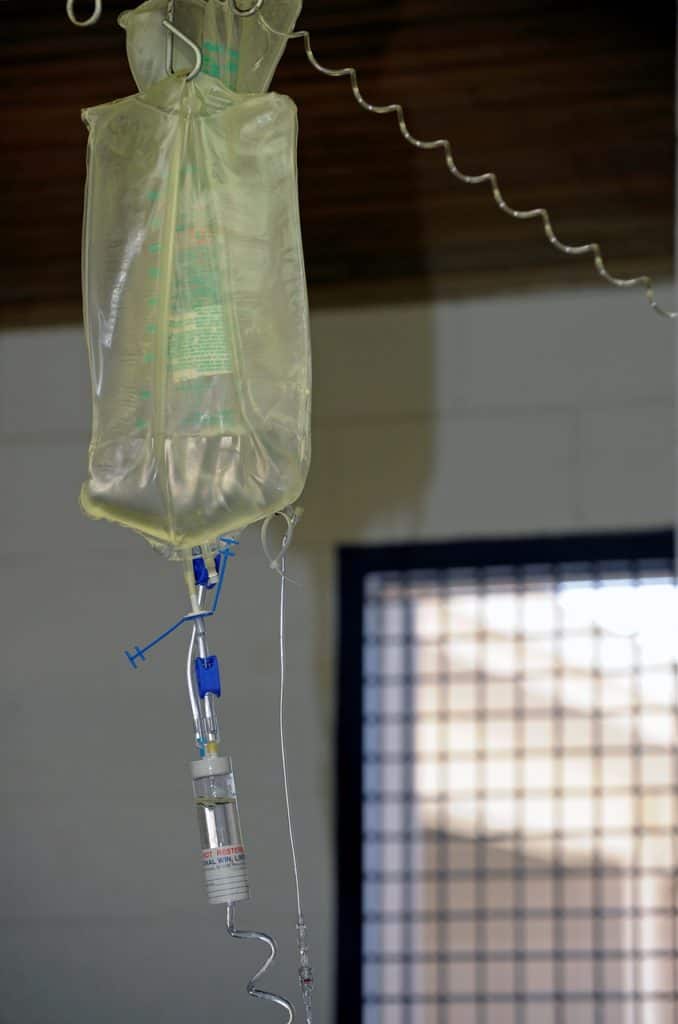
The “Problem” Mare: A Challenging Case of Endometritis
A reproduction specialist reviews how she successfully managed and impregnated a particularly challenging problem mare.

A reproduction specialist reviews how she successfully managed and impregnated a particularly challenging problem mare.

This treatment uses the horse’s blood to generate serum enriched with growth factors and anti-inflammatory mediators.

Living where horses don’t commonly get diagnosed with EPM doesn’t mean your horse isn’t at risk.

Researchers determined that acyline can reduce stallion testosterone concentrations to as low as those of geldings.

Unilateral TMJ inflammation not only affects the way horses chew but also likely creates a certain level of pain.

Researchers found that “an unexpectedly large number of normal horses” had temporomandibular joint (TMJ) variations.

No single agent reliably disrupted biofilm in all tested bacteria, but several were effective against specific species.

This hormone-secreting tumor can form in horses’ adrenal glands, potentially causing damaging high blood pressure.

Frequent findings included osteoarthritic changes, sclerosis, and mild bone spurs, among others.

Submitting blood and nasal secretion samples gives vets the best chance of accurately diagnosing EHV, researchers found.

The overall pregnancy rate in this study was 90% and, on average, mares got back in foal about 45 days after abortion.

This tool is simple, affordable, and results in few complications, one equitarian volunteer reported.

Racing performance was unaltered regardless of which technique was used to correct soft palate displacement.

Researchers found that many horses recovering from colic surgery probably don’t require as much water as once thought.

Chronically laminitic mares developed potentially detrimental changes in uterine blood flow during pregnancy.

Researchers found that bloody nasal discharge was common in horses with Klebsiella pneumonia.
Stay on top of the most recent Horse Health news with
"*" indicates required fields